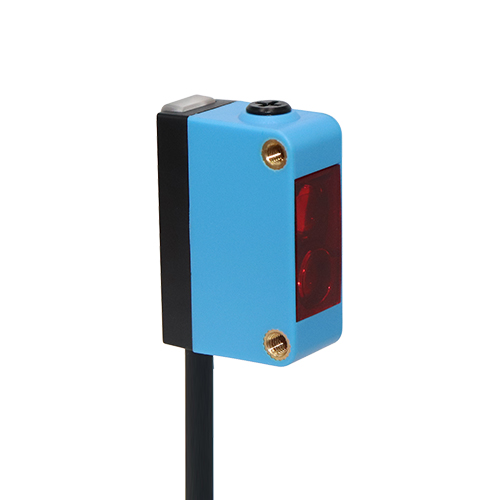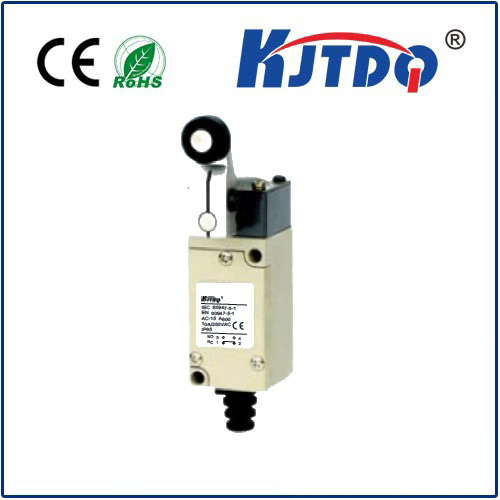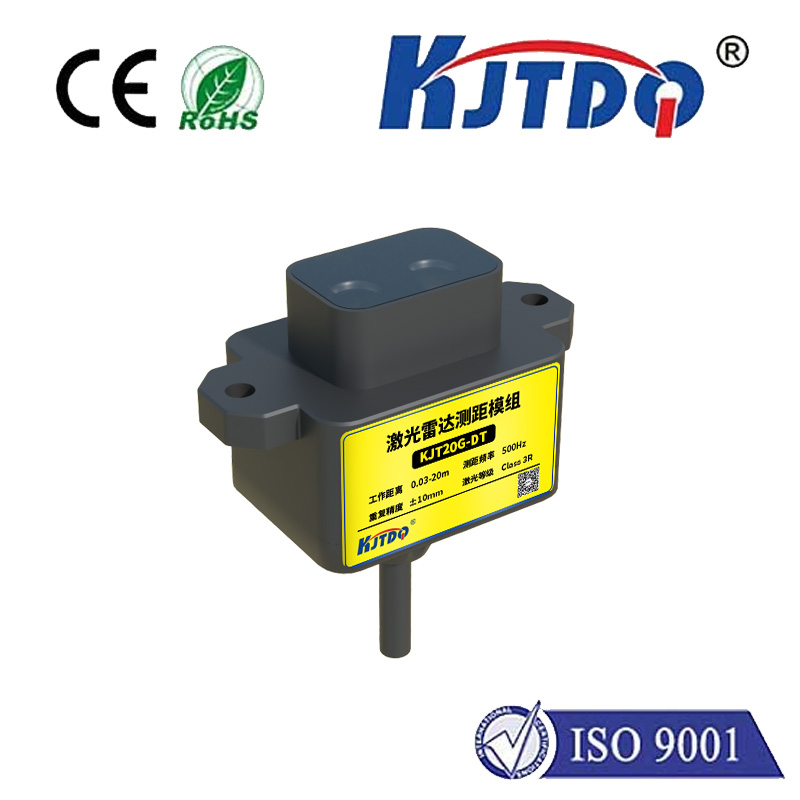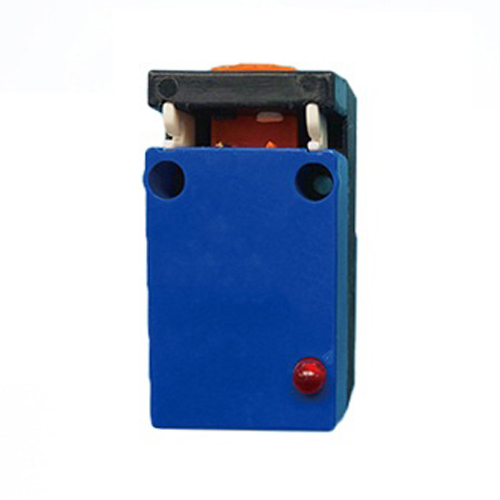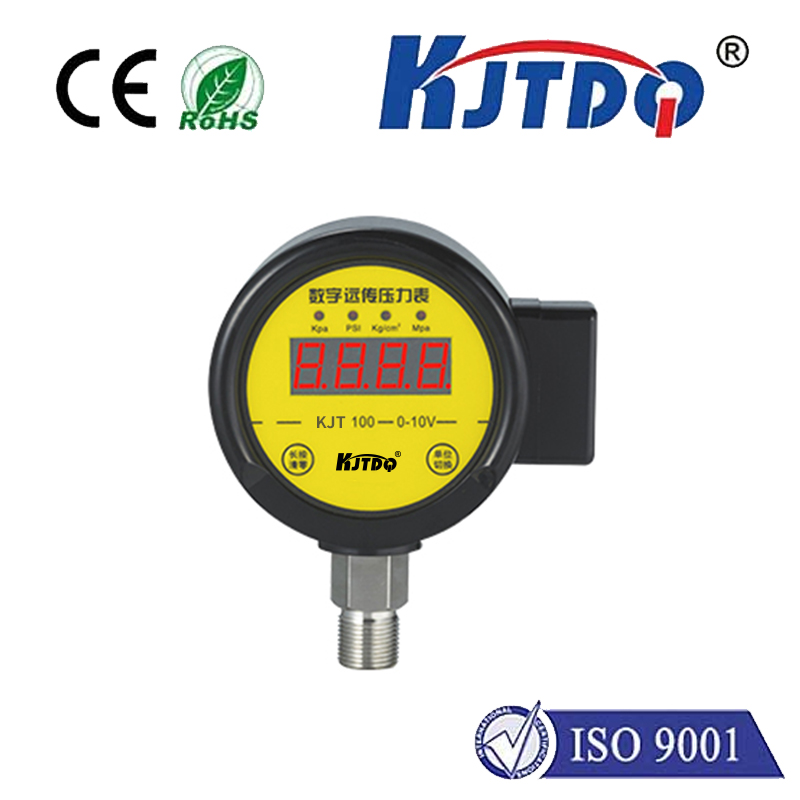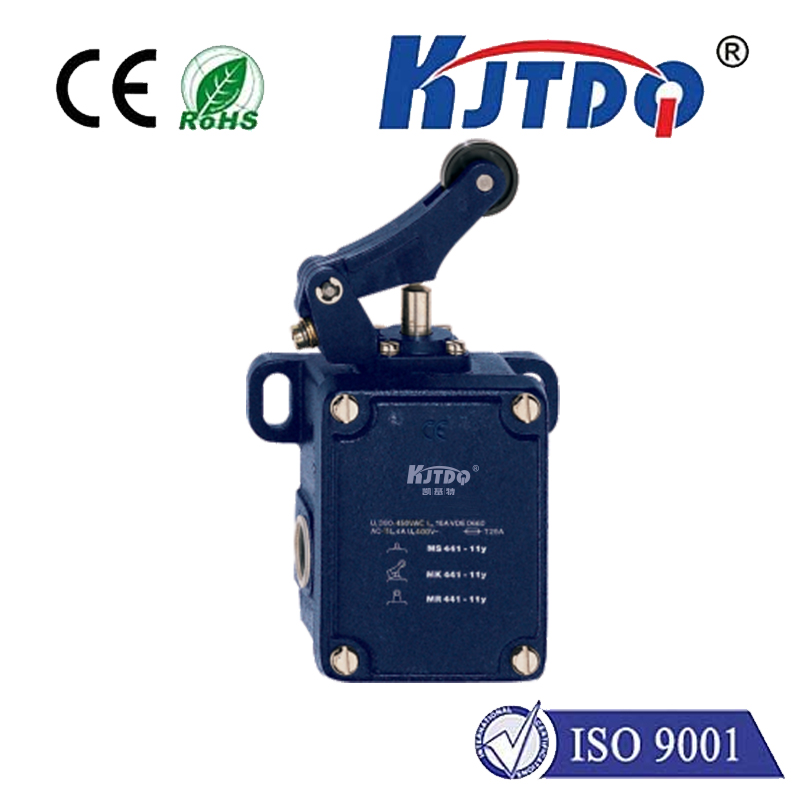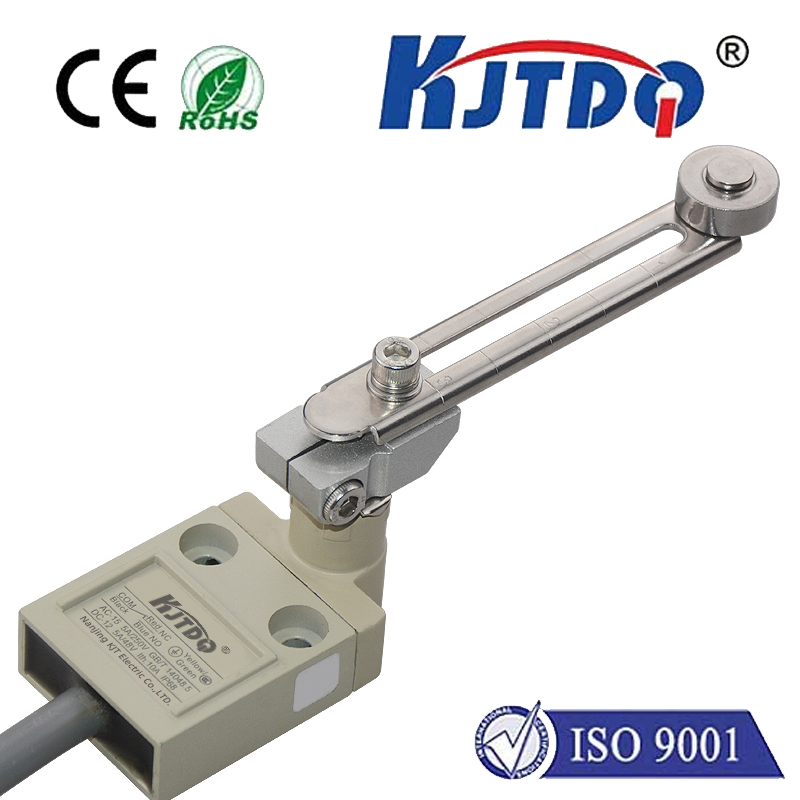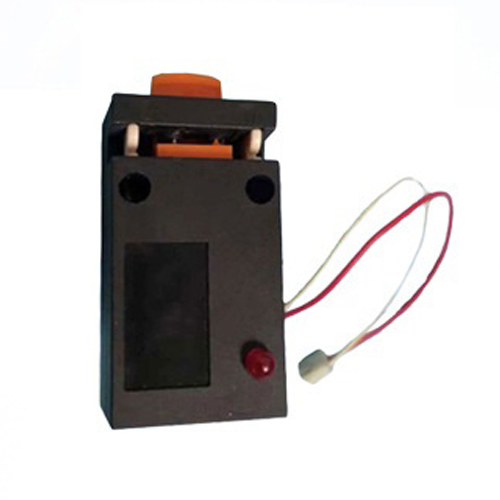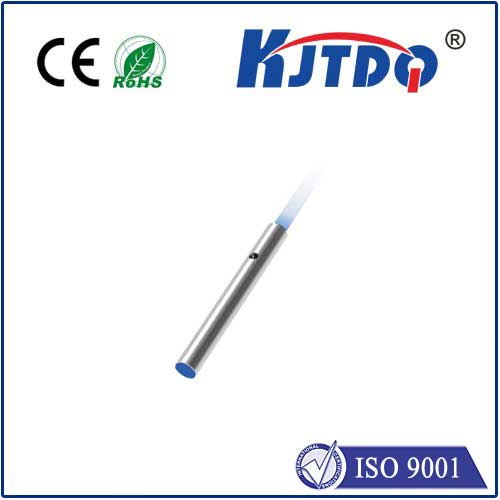e2b series proximity sensors
- time:2025-09-08 11:20:38
- Click:0
E2B Series Proximity Sensors: Precision Detection for Demanding Industrial Automation
In the intricate dance of modern manufacturing, where precision meets speed and reliability is non-negotiable, the unseen heroes often reside in the sensors silently monitoring every critical movement. Among these, proximity sensors stand as fundamental pillars of automated control. For engineers and system integrators grappling with challenging environments, selecting the right sensor isn’t just a choice; it’s a cornerstone of operational efficiency. Enter the E2B Series proximity sensors, a range meticulously engineered to deliver unwavering performance where it matters most. If you’ve ever wrestled with false triggers from contamination, sensor failure in extreme temperatures, or the constant battle against vibration and electrical noise, the solutions offered by this series demand attention.
Understanding the Core: What Proximity Sensors Do
At their essence, proximity sensors are non-contact electronic devices designed to detect the presence (or absence) of a target object within a defined sensing range without requiring physical touch. They achieve this feat by emitting an electromagnetic field or a beam of electromagnetic radiation (like infrared light) and monitoring for changes caused by an approaching object. Inductive proximity sensors, the most common industrial type exemplified by the E2B series, specifically detect metallic targets. When a metal object enters the sensor’s AC magnetic field, it induces eddy currents on the object’s surface. This current draw causes a measurable shift in the sensor’s internal oscillation amplitude, triggering a solid-state switch output (typically PNP or NPN). This simple, robust principle forms the bedrock of countless position, presence, and counting applications.
Why the E2B Series Stands Out in the Crowd

While the basic function is shared, the E2B Series proximity sensors distinguish themselves through engineered resilience and precision tailored for industrial rigors. Here’s where they excel:
- Exceptional Environmental Toughness: Manufacturing floors are unforgiving. Coolant splashes, cutting oil mist, metal shavings, dust storms – the E2B series is built to withstand it. Featuring high Ingress Protection (IP) ratings (commonly IP67 and IP68), these sensors are effectively sealed against dust ingress and high-pressure water jets or temporary submersion. This translates directly to reduced downtime and maintenance costs.
- Temperature Resilience: Operations don’t pause for heat waves or freezing cold. E2B sensors boast an extended operational temperature range, reliably functioning in environments where lesser sensors would falter or fail, ensuring consistent performance regardless of seasonal shifts or process-generated heat.
- Unwavering Stability & Sensing Accuracy: Consistent detection is paramount. The E2B series exhibits minimal drift due to temperature variations or supply voltage fluctuations. Combined with tight repeatability tolerances, this means targets are detected at the exact same point every single cycle, crucial for precision positioning and high-speed counting applications.
- Immunity to Interference: Industrial environments are electrically noisy. Welding equipment, variable frequency drives (VFDs), and large motors generate significant electromagnetic interference (EMI). E2B proximity sensors incorporate robust shielding and advanced circuitry designed for superior EMI resistance, preventing false triggering and ensuring signal integrity.
- Vibration & Shock Endurance: Heavy machinery inherently generates vibration. The solid-state construction and rugged housings of the E2B series provide excellent resistance to mechanical shock and vibration, preventing internal component damage or misalignment that could compromise detection.
- Versatility in Sensing Range and Configuration: No two applications are identical. The E2B series typically offers multiple sensing distance options (standard and extended range models) and various housing styles (cylindrical threaded barrels like M8, M12, M18, M30, and block/rectangular formats). This versatility allows optimal sensor selection for specific spatial constraints and detection requirements.
Key Applications Powered by E2B Proximity Sensors
The robustness and reliability of the E2B series make them indispensable across diverse industrial sectors:
- Machine Tooling: Detecting tool position, turret indexing, workpiece presence/clamping, coolant flow monitoring, and end-of-travel limits on slides and spindles. Resistance to coolant and metal swarf is critical here.
- Material Handling & Packaging: Verifying presence of boxes, bottles, or cans on conveyors, counting objects, detecting pallet position, monitoring fill levels (metal containers), and controlling robotic pick-and-place operations. High-speed detection reliability is essential.
- Automotive Manufacturing: Endless position verification points on assembly lines (engine blocks, doors, chassis components), robot end-effector positioning, weld gun confirmation, and monitoring piston position in cylinders. Enduring vibration and thermal extremes is key.
- Food & Beverage Processing (Suitable Models): Monitoring moving parts on stainless steel machinery (valves, cams, agitators), detecting metal cans or foil seals, and controlling filling operations (using sensors rated for washdown environments).
- Heavy Machinery & Mobile Equipment: Monitoring hydraulic cylinder position, detecting bucket or blade angles, confirming gear engagement, and providing safety interlocks on construction and agricultural machinery – where shock, vibration, and weather exposure are constant challenges.
Choosing the Right E2B Proximity Sensor: Key Considerations
Selecting the optimal E2B sensor involves evaluating several factors:
- Target Material: E2B inductive sensors detect ferrous metals (iron, steel) with the longest range, and non-ferrous metals (aluminum, brass, copper) at a reduced range. Confirm your target composition.
- Required Sensing Distance (Sr): Choose a sensor with a nominal sensing distance (Sn) greater than your required operational distance (Sr), accounting for installation tolerances and potential target variations. Never operate at the absolute maximum limit.
- Operating Environment: Assess exposure to liquids (IP rating needed?), chemicals, temperature extremes, and levels of vibration/shock. Match the sensor’s specifications to your harshest expected conditions.
- Housing Style & Size: Consider available mounting space. Threaded barrels (M8, M12, M18, M30) are common for drilled holes, while block styles offer mounting flexibility where space allows. Factor in connector types (cable, M8, M12).
- Output Type & Wiring: Determine if you need a Normally Open (NO), Normally Closed (NC), or configurable output. Specify the required transistor output type (PNP or NNP) and whether a 2-wire, 3-wire, or 4-wire (with IO-Link) version is needed for your control system.
- Special Features: Consider need for enhanced EMI immunity, extreme high-temperature ratings, specific approvals (e.g., ATEX for hazardous areas - if applicable), or advanced diagnostics via IO-Link communication available in some advanced E2B models.
Conclusion
In the relentless pursuit of increased uptime, reduced maintenance costs, and flawless process execution, the foundation often lies in the reliability of the smallest components. E2B Series proximity sensors represent a commitment to engineering excellence specifically targeted at the demanding realities of industrial automation. Their proven robustness against environmental hazards, electrical noise immunity, temperature resilience, and consistent, accurate detection make them a trusted solution for critical sensing tasks in machine tools, material handling, automotive lines, and beyond. When the cost of sensor failure is measured in lost production and compromised quality, specifying the E2B series isn’t just a technical decision; it’s an investment in operational certainty and peace of mind.






